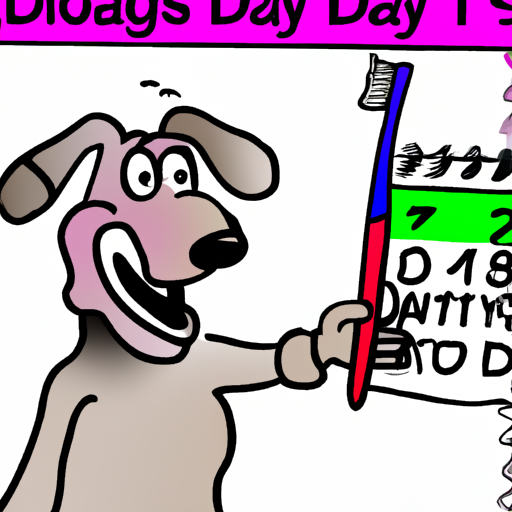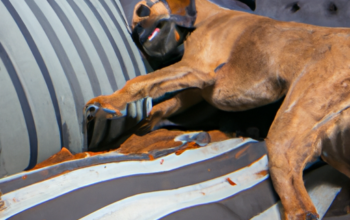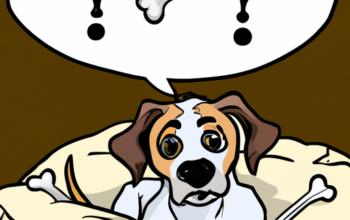Why Oral Hygiene Matters for Your Dog
Just as you wouldn’t neglect your oral health, it’s important not to overlook your canine companion’s. Dogs, like humans, can suffer from gum disease, tooth decay, and bad breath if their oral hygiene is ignored. The bacteria from poor dental health can even spread to other parts of your dog’s body, leading to heart, kidney, or liver disease. Therefore, brushing your dog’s teeth ought to be a key part of your pet care routine.
How Often to Brush Your Dog’s Teeth: The Ideal Frequency
Ideally, you should brush your dog’s teeth daily. Just as you brush your teeth at least twice a day, your dog’s teeth need regular attention too. However, we understand that daily brushing can be challenging due to time constraints or your dog’s lack of cooperation. Hence, a realistic target is to aim for a minimum of three times a week. This frequency ensures that you’re actively working to prevent the buildup of plaque and tartar.
Tools You’ll Need for Dog Teeth Brushing
To effectively brush your dog’s teeth, you’ll need the right tools:
-
Dog Toothpaste: Never use human toothpaste as it contains ingredients that can harm your dog. Opt for a dog-specific toothpaste, available in flavors like chicken or peanut butter.
-
Dog Toothbrush: A toothbrush specifically designed for dogs will be most effective. If your dog resists, you can also try a finger brush.
-
Dental Chews and Toys: These can supplement your brushing efforts by helping to clean your dog’s teeth and freshen their breath.
Steps for Brushing Your Dog’s Teeth
Brushing your dog’s teeth can be a bonding activity once you both get used to it. Here are the steps:
- Choose a quiet time and place.
- Let your dog taste the toothpaste before you begin.
- Lift your dog’s upper lip and begin brushing in a circular motion. Make sure to brush the gum line.
- Gradually work your way around your dog’s mouth. Don’t forget the back teeth.
- Praise your dog and give them a dental chew or toy as a reward.
Professional Dental Cleanings for Dogs
In addition to regular at-home care, your dog should have professional dental cleanings as part of their annual veterinary check-up. This procedure, usually performed under anesthesia, allows the vet to thoroughly clean your dog’s teeth and check for any signs of dental disease.
| Dental Care Needs | Frequency |
|---|---|
| Brushing at home | Daily (minimum 3 times per week) |
| Dental Chews/Toys | Daily |
| Professional Cleaning | Annually |
Frequently Asked Questions
Q: Can I use human toothpaste to brush my dog’s teeth?
No, human toothpaste contains ingredients that can harm your dog. Always use dog-specific toothpaste.
Q: My dog resists having their teeth brushed. What should I do?
Try to make it a positive experience by using flavored toothpaste and giving your dog a treat afterward. You can also try a finger brush, which might be less intimidating.
Q: How often should I replace my dog’s toothbrush?
You should replace your dog’s toothbrush every three to four months, or when the bristles start to fray.



